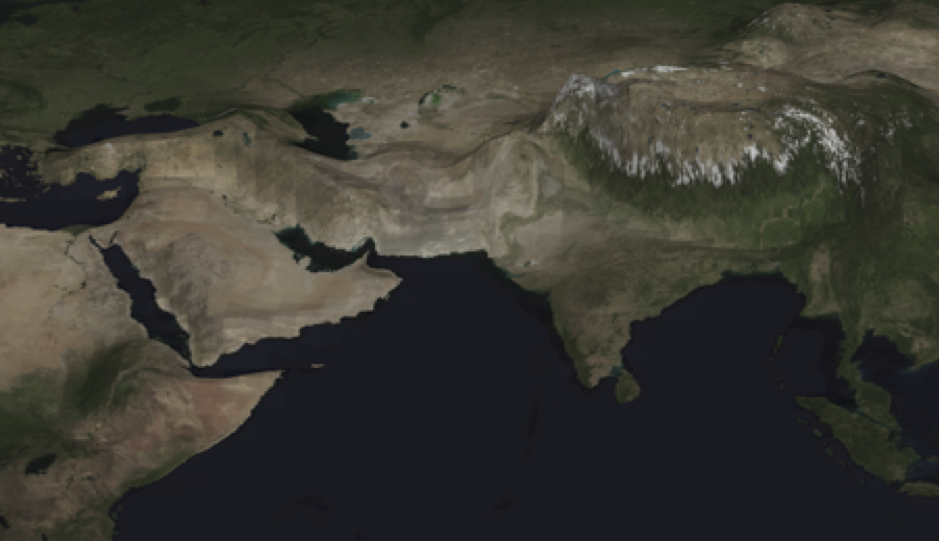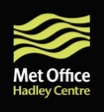The High Resolution Climate Modelling group is a long-standing collaboration between scientists from two UK institutions at the frontier of exploiting weather-resolving models to simulate the building blocks of Earth's climate—the National Centre for Atmospheric Science (Climate Directorate) and Met Office Hadley Centre for Climate Science and Services.
Climate models are crucial tools for analysing observations of weather and climate in a consistent physical framework. Analysis of past observations helps us interpret observed historical changes in the climate system and develop more robust projections of future climate change. However, an important research frontier is establishing the ability of current-generation climate models to provide societies with accurate and reliable predictions of regional climate change, particularly the statistics of extreme events and high-impact weather, which are required for global and local adaptation strategies.
The Weather and Climate Research Programme (WCRP) Modelling Panel (WMP) recently concluded: "regional projections from the current generation of climate models were sufficiently uncertain to compromise the goal of providing society with reliable predictions of regional climate change. Therefore, a major recommendation by the group was that, to meet the expectations of society, it is both necessary and possible to revolutionise climate prediction. It is necessary because adaptation strategies require more accurate and reliable predictions of regional weather and climate extreme events than are possible with the current generation of climate models. It is possible firstly because of major advances in scientific understanding, secondly because of the development of seamless prediction systems which unify weather and climate prediction, thus bringing insights and constraints of weather prediction into the climate change arena, and thirdly because of the ever-expanding power of computers."
Two recent NCAS-Climate flagship high-resolution climate modelling projects, HiGEM and UJCC, operated in collaboration with the UK Met Office, were among the first to demonstrate the importance of these needs and opportunities, placing the UK's Natural Environment Research Council (NERC) at the frontier of climate modelling and prediction. Current projects, including UPSCALE and PRIMAVERA, continue this work.


Figure | Climate model development: low-resolution (N96/130km; above) and high-resolution (N512/25km; below) topography in a global climate model. By developing global models at the highest possible resolutions, we aim to better represent important small-scale processes in the atmosphere and ocean.
__________________________________________________________________________________________________

The Met Office Hadley Centre is one of the world's foremost climate change research centres.
We produce world-class guidance on the science of climate change and provide a focus in the UK for the scientific issues associated with climate science.
Largely co-funded by Department for Business, Energy and Industrial Strategy and Defra (the Department for Environment, Food and Rural Affairs), we provide in-depth information to, and advise, the Government on climate science issues.
Hadley Centre scientists make significant contributions to peer-reviewed literature and to a variety of climate science reports, including the Assessment Report of the IPCC, and our climate projections were the basis for the Stern Review on the Economics of Climate Change.
Click here to find out more.

The National Centre for Atmospheric Science (NCAS) is a world leader in atmospheric science. With an annual budget of £9M, we carry out research programmes on:
- The science of climate change, including modelling and predictions
- Atmospheric composition, including air quality
- Weather, including hazardous weather
- Technologies for observing and modelling the atmosphere
We provide scientific facilities for researchers across the UK to enable coordinated, national-scale atmospheric science. These include a world-leading research aircraft, ground-based instrumentation pool, access to computer models and facilities for storing, accessing and analysing data. In short, we provide the UK academic community and NERC, our parent organisation, with national capability in atmospheric science. We communicate our findings and knowledge for the benefit of policy-makers, other scientists, and the general public.
Click here to find out more.